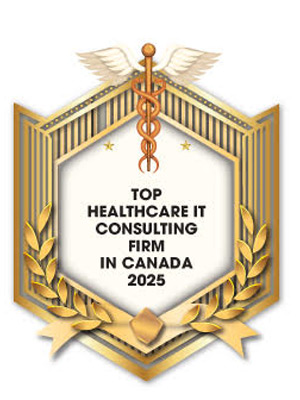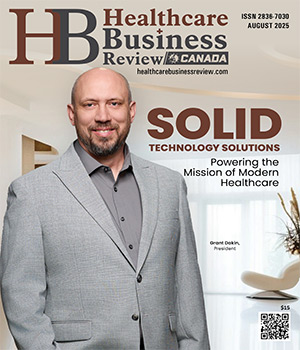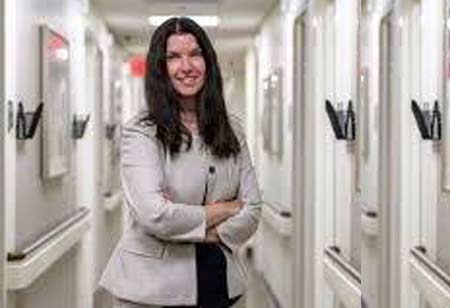Thank you for Subscribing to Healthcare Business Review Weekly Brief
One missed update. One misconfigured firewall. One system crash. That’s all it takes to break patient trust, interrupt care, or trigger a costly compliance investigation. In healthcare—where precision and speed are critical—technology must do more than simply function. It must protect privacy, support agility, and perform under pressure. As cyber threats escalate and regulations tighten, the risks continue to grow. This is no longer about fixing broken systems. Healthcare providers need more than an IT vendor. Solid Technology Solutions has been serving healthcare organizations across Alberta for more than 15 years and was built around this very understanding. With a strong foundation in healthcare IT, SolidTech is trusted by primary care networks, clinics, and mid-sized providers who recognize that compliance, resilience, and reliability can no longer be afterthoughts. SolidTech’s approach goes beyond troubleshooting. It brings together cybersecurity, infrastructure design, and regulatory alignment into one clear, customer-first framework. Its goal is to help healthcare organizations not just function—but grow—in an environment where failure is not an option. “Healthcare providers shouldn’t be looking for just another IT company,” says Grant Dakin, President. “They should be looking for a partner who understands the business of care, the burden of compliance, and the cost of failure.” Technology with Context: Built for the Realities of Care There’s more to healthcare IT than servers and screens. Solid Technology Solutions understands that technical decisions carry operational consequences—impacting staff workflows, patient experiences, and even clinical outcomes. SolidTech’s team has deep knowledge of Alberta’s Health Information Act and the real-world implications of privacy and compliance regulations. They don’t just set up firewalls and servers—they actively defend against rising threats like ransomware and phishing. They help clinics navigate supply chain vulnerabilities and build solutions that integrate legacy systems, like fax, with secure cloud platforms.
Top Healthcare Staffing Service Company 2025
Staffing has long been the quiet backbone of healthcare, but in recent years, it’s reached a tipping point. Across Canada, hospitals continue to face persistent vacancies and mounting burnout. In a space where every shift matters, agencies have stepped in to help. However, their well-intended acts rarely led to practical or effective staffing solutions, as they often came with high costs, low-quality care outcomes, and, more importantly, lacked the operational understanding necessary to meet evolving workforce needs. SpeedStaff is disrupting the pattern of underdelivered staffing solutions by rewriting the outdated norms to deliver cost-effective healthcare talent with speed, transparency, and reliability. Founded on real healthcare experience and operational depth, the company focuses on infrastructure, systems and services to build scalable support and long-term trust. By addressing what others overlooked, it positions itself as a credible partner from day one. “SpeedStaff was created to reset the bad name of healthcare staffing agencies and offer a cost-effective, more principled way to serve healthcare facilities,” says Jeffrey DiNallo, president. At the core of this ethos are four operational pillars built into every client engagement: price, speed, quality and communication. By optimizing internal processes and controlling overhead, the company helps healthcare providers significantly reduce their staffing costs. For example, a hospital in Ontario had been paying $155 per hour for registered nurses (RNs) through a traditional staffing agency. With SpeedStaff, that rate was nearly cut in half, resulting in projected annual savings of approximately $1 million. The company’s true value lies in how fast it can deliver such successes. Built on nurse-designed workflows, the company can fill urgent staffing needs within hours, an essential advantage in a sector where delays can compromise patient care and lead to staff burnout. When a hospital in northern Ontario faced a sudden staffing crisis, SpeedStaff responded in just six hours. The team filled all required roles while also managing travel, housing and compliance logistics to ensure uninterrupted care delivery. SpeedStaff doesn’t sacrifice quality for speed. Each candidate undergoes rigorous evaluation by clinical directors, focusing on clinical expertise and hands-on skills. This ensures that placements are not only qualified on paper but also prepared to perform effectively in real-world clinical settings. Strong communication underpins SpeedStaff’s model. With an average 20-minute response time and direct access to account managers and senior leadership, healthcare administrators are positioned to make quick, informed decisions, even under pressure. With this combined approach, the company addresses a wide range of needs. SpeedStaff offers a full-service model, coordinating travel and housing, which is especially valuable for remote and underserved regions. Services include last-minute shift coverage and long-term and permanent staffing solutions.
CXO INSIGHTS
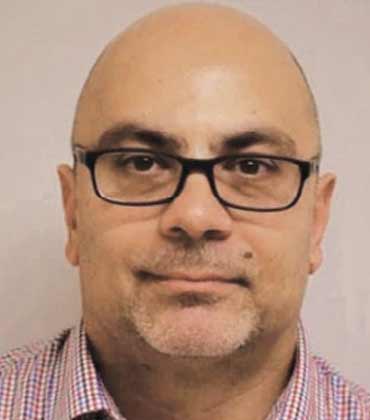
Leading the way in medical imaging innovation
Jim Tsourgiannis, Director, Medical Imaging and Laboratory Services, Mackenzie Health

The Significance of a Chief Nursing Officer in Healthcare Excellence
Dawn L. Alexander, Chief Nursing Officer, DCH Health System
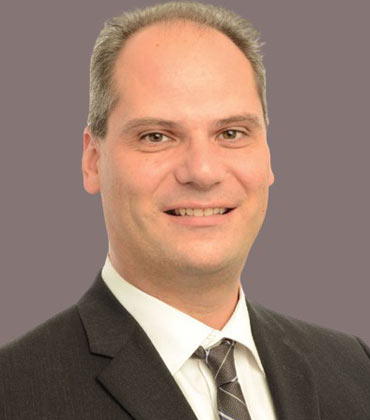
Healthcare & Health Human Resources
Phillip Kotanidis, MHRM, Vice President People & Chief Human Resources Officer, Michael Garron Hospital

Strategies For Success: Transforming Challenges Into Achievements In Home Healthcare
Vannett Hamilton, Director of Nursing, Extendicare

Importance of Diversity in the Healthcare Industry - Recruit, Promote, and Retain
Carlos Cabrera, Senior Director of Talent Acquisition, MetroPlusHealth
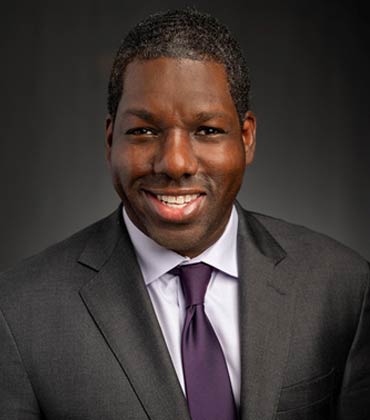
Balancing Technology and Humanity in Healthcare Leadership
Richard Phillips, Chief Medical Officer, Baptist Health System KY & IN

Innovating Pediatric Healthcare with Genomics
Dr. Catherine Brownstein, Manager, Molecular Genomics Core Facility, Boston Children's Hospital
IN FOCUS
EDITORIAL
Reimagining the Future of Healthcare Support in Canada
The healthcare industry is undergoing a profound transformation, driven by both technological advancements and the evolving demands of patient care. From cutting-edge technologies to the critical need for skilled staffing, today’s healthcare sector faces unique challenges that require not just innovation but a renewed commitment to quality care and operational efficiency. At the heart of this transformation is the growing role of healthcare IT and consulting firms, which are bridging the gap between technological advancement and real-world application. The rise of AI, automation, and data analytics has made it easier than ever to optimize administrative functions, streamline revenue cycles, and improve patient outcomes. However, the most successful solutions are those that combine cutting-edge technology with a strategic approach, ensuring that systems are efficient and also aligned with the mission of delivering compassionate care. While technology is undeniably reshaping the industry, it is clear that healthcare staffing remains a critical challenge. The ongoing shortage of skilled professionals and the increasing strain on healthcare workers have underscored the need for staffing services that focus on both skill and well-being. Flexible staffing models that can adapt to fluctuating needs—especially in the context of telemedicine and remote care—are essential for maintaining a resilient and capable workforce. This issue explores how healthcare IT consultants and staffing services are assisting organizations in adapting to these challenges. It explores how IT solutions are facilitating compliance with ever-evolving regulations while enhancing patient care, and highlights the importance of staffing services that prioritize not only qualifications but also the mental and emotional well-being of healthcare professionals. The magazine features a thought leadership piece by Jim Tsourgiannis, Director, Medical Imaging and Laboratory Services at Mackenzie Health, who explains how patients can be more involved in their own care. It also includes insights from Jenn De Iuliis, Director of Diagnostic Imaging at Woodstock Hospital, who discusses how leadership in diagnostic imaging is complex and requires a delicate balance of vision, strategy, empowerment, and ethics. In an era defined by rapid change, the healthcare industry requires more than just technological innovation. It requires an unwavering commitment to empathy, collaboration, and adaptability—values that should guide both the systems implemented and the people who rely on them.


